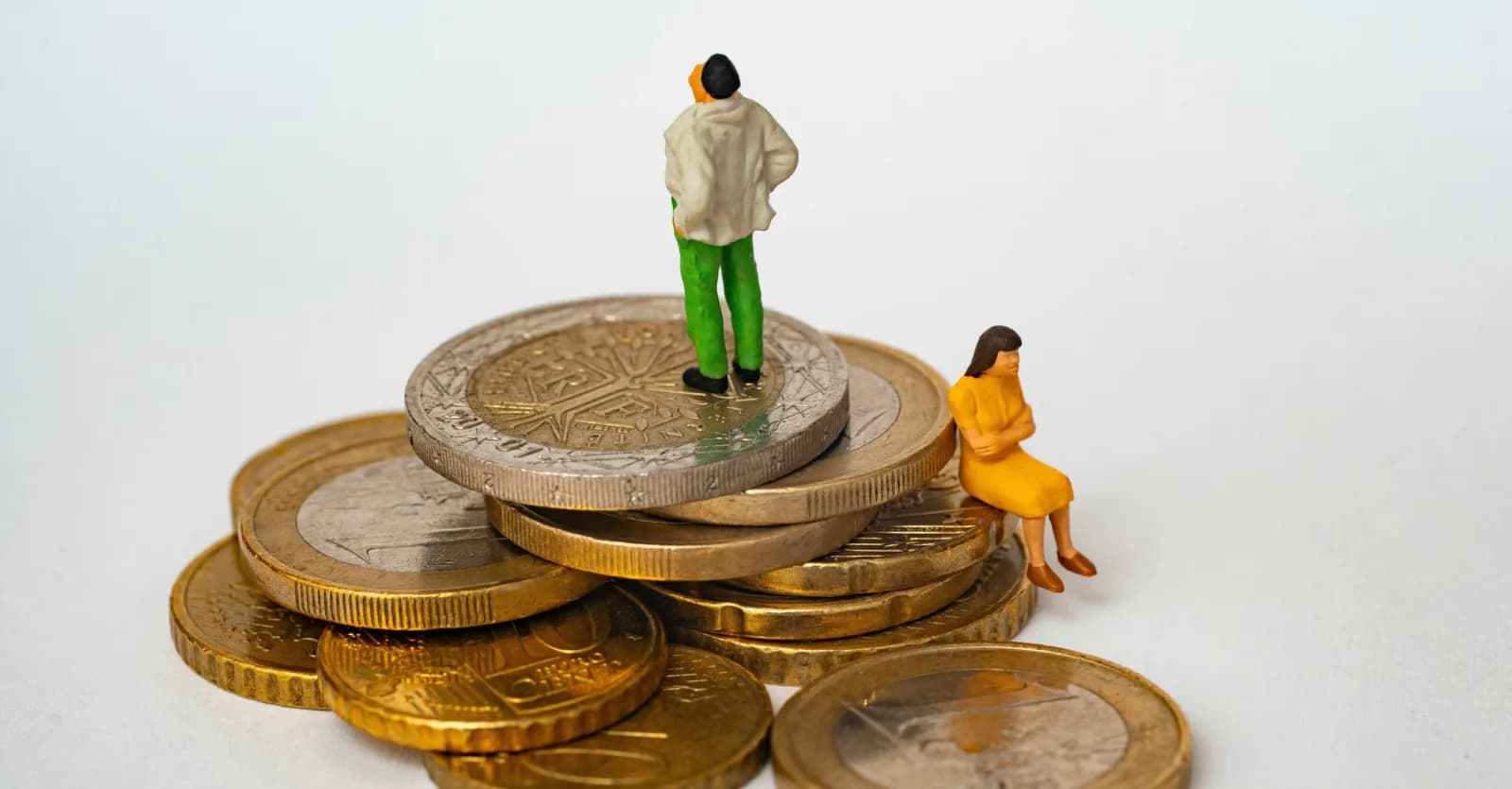Equal pay for men and women at VvAA
Equal pay for men and women is an important issue for VvAA, the cross-professional collective of healthcare professionals and healthcare companies. At the request of HR manager Paul Jacobs, Highberg released a sharp analysis. 'If you lump everything together you really do see a difference.'

With some 650 employees (FTE), VvAA provides many different services and the HR team sees a lot of themes come along. Equal pay for men and women has been on the radar for some time, says Paul Jacobs. 'Reporting on any pay gap is required by law, but apart from that, we as an organization have been more actively working on diversity and inclusion in recent years. We consider equal pay an important issue from a healthy standards framework, our personal beliefs and also from a labor market perspective. We want to be an attractive employer for everyone.'
Discussions on the approach
Last years Jacobs released his own analysis on the available compensation data. That proved tricky. What exactly do you calculate and how do you go about it? When discussing this with the works council and the board, discussions arose, which Jacobs found unproductive. “I want to talk about the outcome, not the approach to the analysis.
So he decided to bring in Highberg, which advises VvAA on more HR issues and had the salary data. This made it relatively easy to conduct a consistent analysis, which also allowed for a comparison with the market. Jacobs: “I had previous experience with Highberg and found the cooperation very pleasant. It is a reliable party that delivers quickly, and gives its people a lot of room for their own initiative. As an HR person, I like that.'
In balance
And the results? Jacobs says that these have just come in and are now first being discussed in detail within the management and with the Works Council. In general, you see that within VvAA - as with other companies - after various corrections for, among other things, age, any differences are a lot smaller. 'You can like that,' Jacobs said. But he thinks it's too easy to stop at that conclusion. 'Ultimately, the difference should also be minimal if you compare large groups of colleagues. It may be that there are relatively more men in higher pay scales. Then you have something to do on another front.'
In terms of leadership, the distribution at VvAA is fair, Jacobs notes. The main board consists of one woman and one man, and on the supervisory board there are four women and one man. Even in middle management, the gender distribution is really well balanced.
Breaking patterns
That balanced male-female distribution within managerial positions also helps equalize pay, according to Jacobs. 'Female managers generally evaluate employees differently from men anyway. This increases the appreciation and thus the remuneration of women. Quotas for women in top positions therefore make sense to me anyway. If you want to break certain patterns in the organization, you have to enforce it.'
Related Insights
